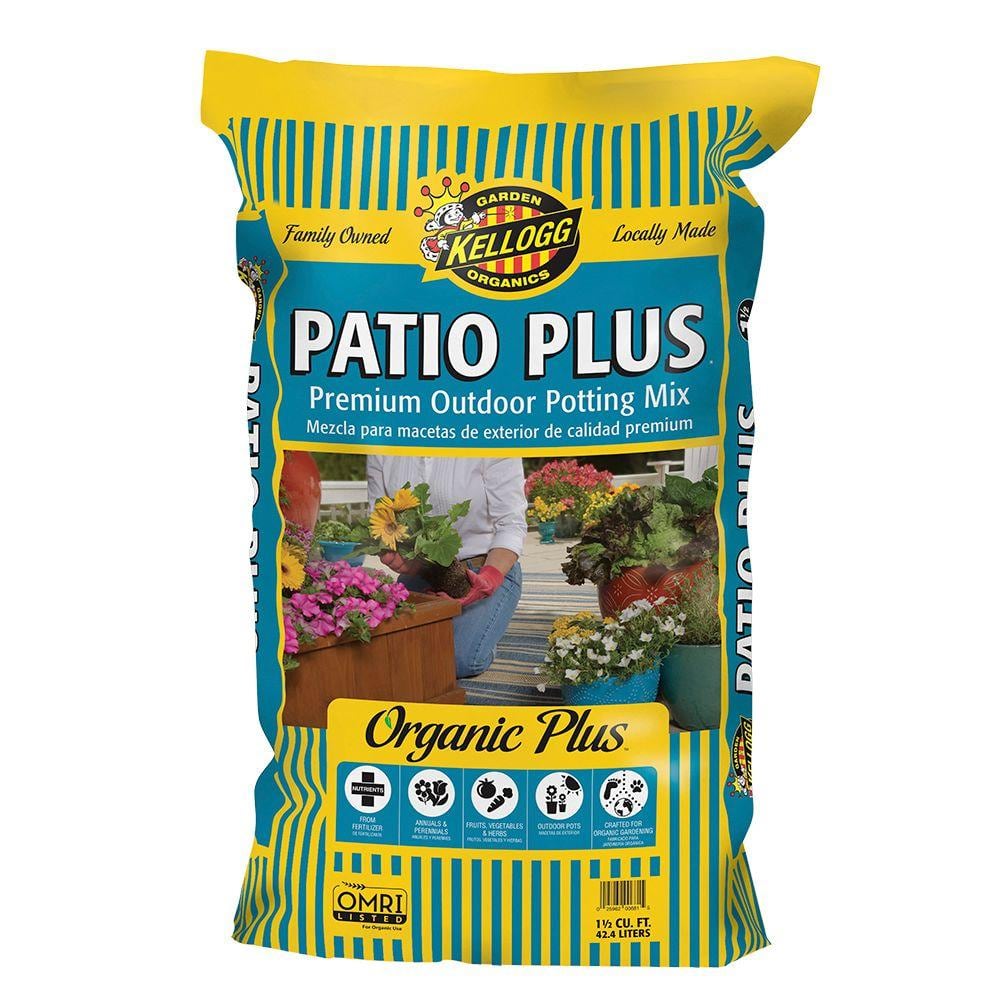
Organic potting soil is the cornerstone of a thriving indoor garden. It provides a nutrient-rich environment that promotes healthy root development and vigorous growth. Unlike conventional potting mixes, organic soil is free from synthetic fertilizers and pesticides, ensuring a greener and more sustainable approach to gardening.
The Benefits of Organic Potting Soil

Nutrient-Rich: Organic soil is teeming with beneficial microorganisms that break down organic matter, releasing essential nutrients like nitrogen, phosphorus, and potassium. This slow-release process ensures a steady supply of nutrients for your plants throughout the growing season.
Choosing the Right Organic Potting Soil
When selecting organic potting soil, consider the specific needs of your plants. Look for a mix that is well-balanced in nutrients and has a good drainage capacity. Some factors to consider include:
Plant Type: Different plants have varying nutrient requirements. For example, flowering plants may benefit from a soil rich in phosphorus, while leafy greens may need more nitrogen.
Creating Your Own Organic Potting Mix
If you’re feeling adventurous, you can create your own organic potting mix using a combination of the following ingredients:
Compost: A rich source of organic matter and nutrients.
Tips for Using Organic Potting Soil
Avoid Overwatering: While organic soil has good water retention, it’s important to avoid overwatering, as this can lead to root rot.
By using organic potting soil, you can create a thriving indoor garden that is both beautiful and sustainable. Embrace the power of nature and nurture your plants with the best possible growing medium.
Ein gesunder Garten beginnt mit gesunden Pflanzen. Und gesunde Pflanzen brauchen nährstoffreichen Boden. Während chemische Dünger zwar schnell wirken, belasten sie die Umwelt und können langfristig den Boden schädigen. Eine nachhaltigere und umweltfreundlichere Alternative ist die natürliche Düngung.
Warum Natürliche Düngung?
Natürliche Dünger, wie Kompost, Guano oder Algenextrakt, versorgen den Boden mit wichtigen Nährstoffen auf natürliche Weise. Sie fördern die Bodenfruchtbarkeit, verbessern die Bodenstruktur und unterstützen das Wachstum von nützlichen Bodenorganismen. Im Gegensatz zu chemischen Düngern, die oft nur bestimmte Nährstoffe liefern, bieten natürliche Dünger ein ausgewogenes Nährstoffspektrum, das den Bedürfnissen der Pflanzen entspricht.
Kompost: Der Goldstandard der Natürlichen Düngung
Kompost ist ein wertvoller natürlicher Dünger, der aus organischen Abfällen wie Küchenabfällen, Gartenabfällen und Papier entsteht. Durch den Kompostierungsprozess werden diese Abfälle zersetzt und in nährstoffreichen Kompost umgewandelt. Kompost verbessert die Bodenstruktur, erhöht die Wasserhaltekapazität und liefert wichtige Nährstoffe wie Stickstoff, Phosphor und Kalium.
Guano: Ein Kraftpaket aus Vogelkot
Guano, der Kot von Seevögeln, ist ein hochkonzentrierter und nährstoffreicher Dünger. Er enthält hohe Mengen an Stickstoff, Phosphor und Kalium, die das Wachstum und die Blüte von Pflanzen fördern. Guano kann in verschiedenen Formen verwendet werden, wie Granulat, Pulver oder flüssigem Dünger.
Algenextrakt: Meereskraft für Ihre Pflanzen
Algenextrakt ist ein natürlicher Dünger, der aus verschiedenen Algenarten gewonnen wird. Er enthält eine Vielzahl von Nährstoffen, Spurenelementen und Hormonen, die das Pflanzenwachstum stimulieren und die Widerstandsfähigkeit gegen Krankheiten erhöhen. Algenextrakt kann als Blattdünger oder als Bodenzusatz verwendet werden.
Tipps für die Natürliche Düngung
Bodenanalyse: Bevor Sie mit der Düngung beginnen, sollten Sie eine Bodenanalyse durchführen, um den Nährstoffgehalt Ihres Bodens zu bestimmen.
Durch die Verwendung natürlicher Dünger können Sie Ihre Pflanzen gesund und kräftig halten, ohne die Umwelt zu belasten. Ein grüner Garten ist ein schöner Garten!






